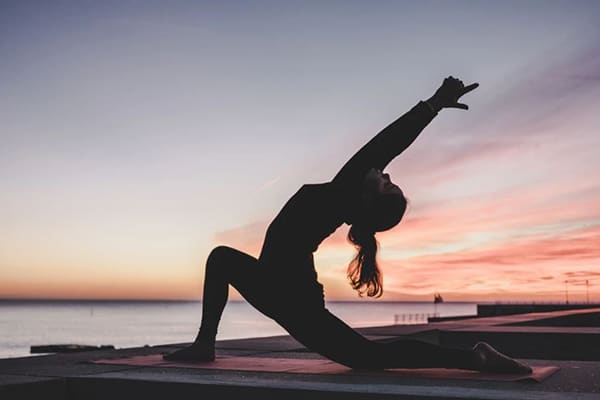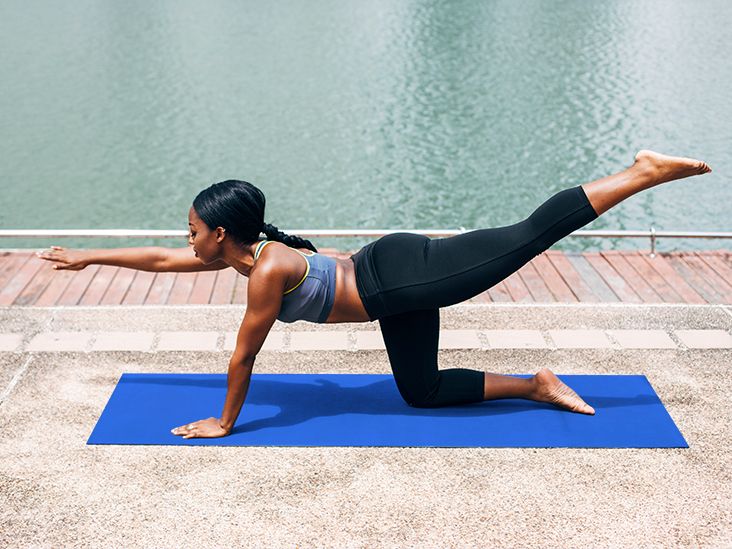Introduction

What is yoga and why it’s good for you
If you’ve ever scrolled through a yoga video or watched someone flow into a smooth pose and thought, “I could never do that,” don’t worry—there are many others who have felt that way too. In truth, yoga isn’t defined by intricate poses or extraordinary flexibility. It’s about starting where you are and taking one mindful breath at a time. That’s why beginning your yoga journey can be one of the most worthwhile decisions for your body and mind.
Importance of beginning slowly and having a good base
Yoga, in its essence, is an exercise of completeness—of body, mind, and breath. It originated over 5,000 years ago in India and has since developed into a practice of broad admiration that is acceptable to all bodies, all ages, and all levels of physical fitness. Whatever your goal, whether to become more flexible, reduce stress, or simply find a break from the maelstrom of day-to-day living, yoga calls you where you are.
But where do you begin? What poses do you attempt first? How much do you practice? What if you’re tight? Don’t worry—this book is for beginners. We’ll walk you through the basics, break down important poses, and lead you into a practice that’s inspiring, not intimidating. Ready to stretch into a more peaceful, powerful you? Let’s begin.
Knowing the Fundamentals of Yoga
Before you take a seat to practice poses, it’s useful to know the background of yoga. Yoga isn’t exercise—it’s a system that combines physical poses, breathing, and meditation. The word ‘yoga’ comes from the Sanskrit root ‘yuj,’ meaning ‘to unite’ or ‘to connect,’ signifying the union of body, mind, and spirit.
There are dozens of styles of yoga—Hatha, Vinyasa, Ashtanga, Yin, to name a few—but they share the same simple principles:
- Main principles for beginners
- Awareness – In every movement and every breath.
- Balance – Physical and emotional equilibrium.
- Non-judgment – Being present where you are without comparing.
- Consistency – Progress is achieved through constant, aware practice.

Yoga philosophy also calls such qualities as compassion (ahimsa), honesty (satya), and self-discipline (tapas) to be applied in and out of the studio. Don’t worry if you can’t remember all the Sanskrit words or become a yoga philosophy guru overnight. Just remember that yoga is a way, not a destination. Each practice is leading you closer to more alignment—in and out.
So, allow yourself to be a beginner. Welcome the wobbly poses, imperfect breaths, and the beauty of your form’s uniqueness. That’s where growth occurs.
How Yoga Can Help the Mind and Body
One of the most compelling reasons to practice yoga is the amazing list of benefits, not only for the body, but for the mind and spirit, as well. Practice of yoga regularly makes us more flexible, increases muscle strength, improves posture, and refines balance. True change takes place in the mind above all else.
- Physical Benefits:
- Greater Flexibility: Among the initial changes that new players observe is how their muscles and joints become more flexible. Even tight hamstrings and shoulders can be loosened by a few weeks of regular practice.
- Better Posture: Yoga works on the core and aligns the spine so that you stand and sit more upright without feeling so exhausted.
- Increased Strength: Your own body weight provides resistance for most poses, building lean muscle without weightlifting.
- Enhanced Balance: Standing postures like Tree or Warrior enhance stability and coordination.
- Pain Relief: Yoga can be used to relieve chronic pain, particularly of the back, neck, and joints, through slow stretching and alignment.
- Mental Benefits:
- Reduced Stress: Through mindful breathing and heightened body awareness, yoga stimulates the parasympathetic nervous system, triggering the body’s natural state of calm.
- Enhanced Concentration: Through focusing the mind on the breath or a particular pose, yoga allows for the removal of mind distractions and improvement of concentration.
- Emotional Resilience: Yoga encourages emotional awareness so that you can release and work through emotions in a healthy way.
- Better Sleep: Studies show that consistent yoga practice can reduce insomnia and result in more restful, deeper sleep.
The magic of yoga is that it can benefit absolutely every aspect of you—your joints and muscles, your emotions and mind. It’s a complete reboot of the body and mind, sparked by just one conscious breath.

How to Prepare for Your First Yoga Class
You don’t require a high-tech studio or expensive gear to begin your yoga practice. You can begin where you are with a couple of simple steps to set the tone for a fulfilling and fruitful experience.
What to wear and bring
Choose lightweight, stretchable attire that supports free and natural movement. Fitted options like yoga pants, leggings, shorts, and snug t-shirts or tank tops work best. Steer clear of overly baggy attire, as it can interfere with your practice.
What to Bring
- If you’re in a classroom, bring:
- A good gripping yoga mat
- A bottle of water to drink
- A support towel or sweat towel
- If you’re not practicing at home, feel free to bring yoga props like blocks or a strap, but they’re not required to get started.
Creating a peaceful area at home:
Offer a quiet, uncluttered space with sufficient room to move around. Natural light, calming aromas (such as lavender or sandalwood), and relaxing music can all contribute to a peaceful atmosphere.
Time of Day:
Though you can practice yoga anytime, some people find morning practice invigorating and evening practice relaxing. Experiment with both and determine what works best for your lifestyle.
Mindset Strategies:
- Let go of expectations.
- Highlight achievement, but not perfection.
- Be kind to your body and observe its limits.
- Beginning yoga is the sowing of a seed. With a small intention and a regular daily focus, it will grow strong, beautiful, and life-giving.
:max_bytes(150000):strip_icc()/beachstretch-56aa41b63df78cf772aedf91.jpg)
Yoga Breathing Techniques
Perhaps the least developed but most powerful instrument of yoga is the breath, or rather pranayama, as it is most generally known. Breathing exercises serve as a connection between your external efforts and your inner sense of calm. The ability to breathe consciously is as basic to a beginner as the ability to move.
Importance of control of breath
- Breath controls your energy levels.
- Deep breathing activates the relaxation response, lowering stress.
- It helps anchor your mind, keeping you focused on the present moment.
- Proper breathing improves circulation and oxygen flow throughout the body.
Simple Breathing Practices:
- Ujjayi Breath (Ocean Breath):
- Take a deep breath, filling the belly, ribs, and chest in a seamless flow.
- Gently tighten the throat to produce a faint hissing noise.
- Use this during poses to stay centered and calm.
- Three-Part Breath (Dirga):
- Inhale into the belly, ribs, and chest in one smooth motion.
- Exhale in reverse order: chest, ribs, belly.
- Promotes deep relaxation and full lung capacity.

Box Breathing:
- Inhale for 4 counts, hold for 4, exhale for 4, hold for 4.
- Repeat for several rounds to calm anxiety and reset your mind.
- Always remember: if your breath becomes strained, you’ve gone too far in a pose. Allow your breath to set the rhythm, rather than forcing your pace to dictate it.





hi